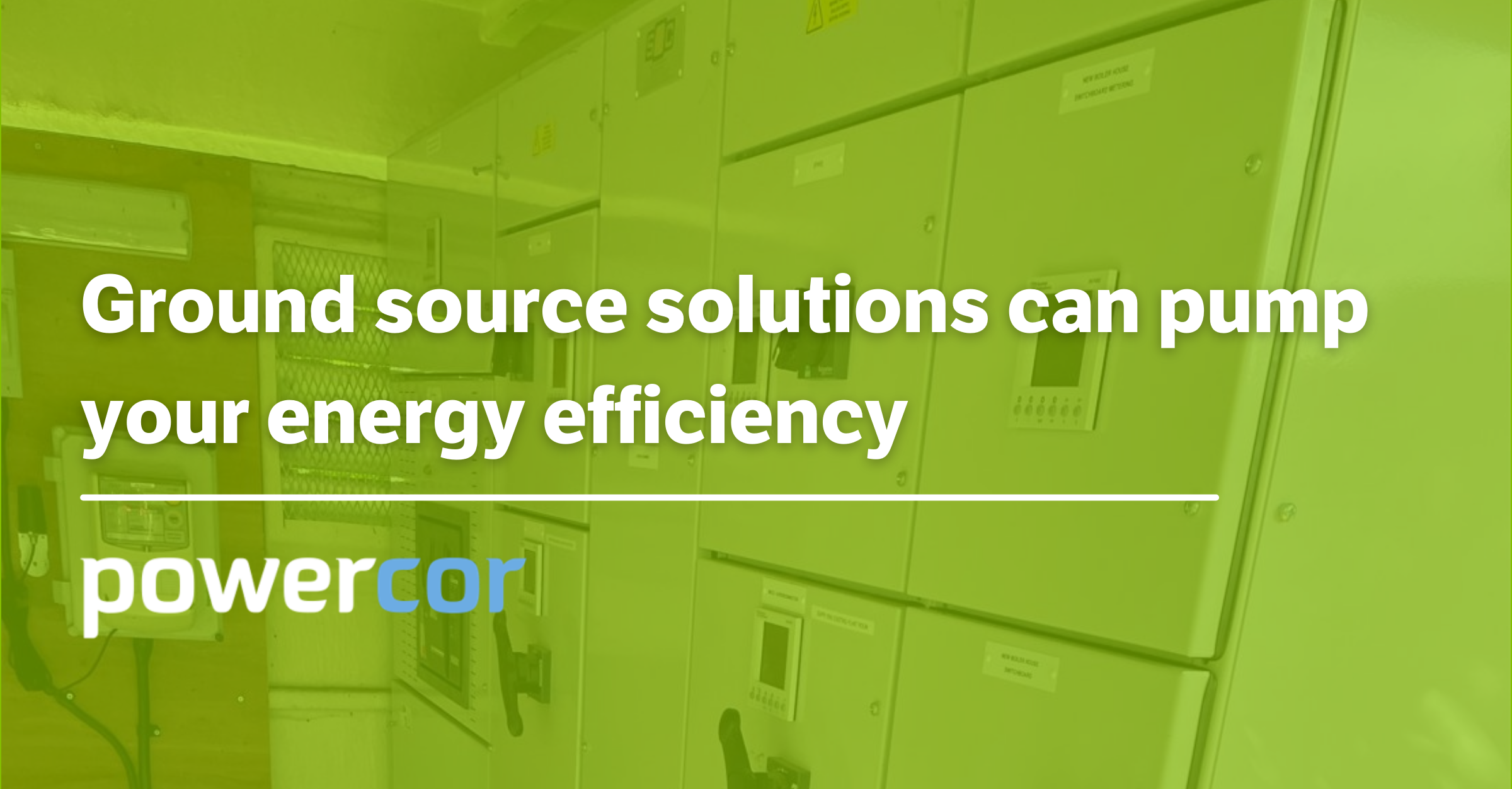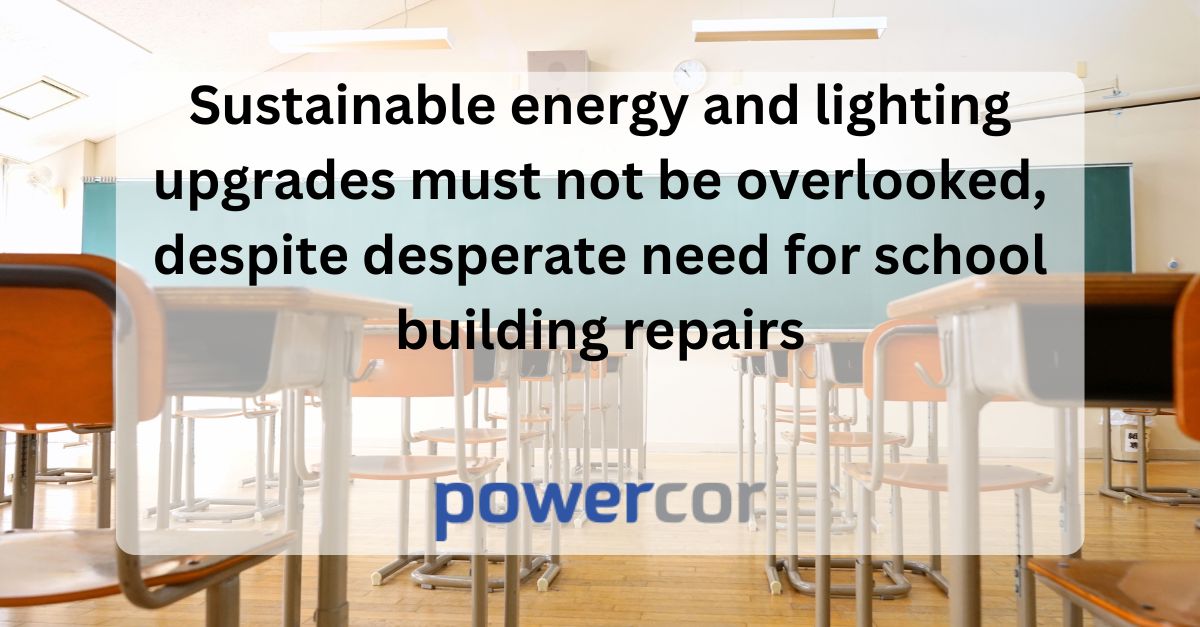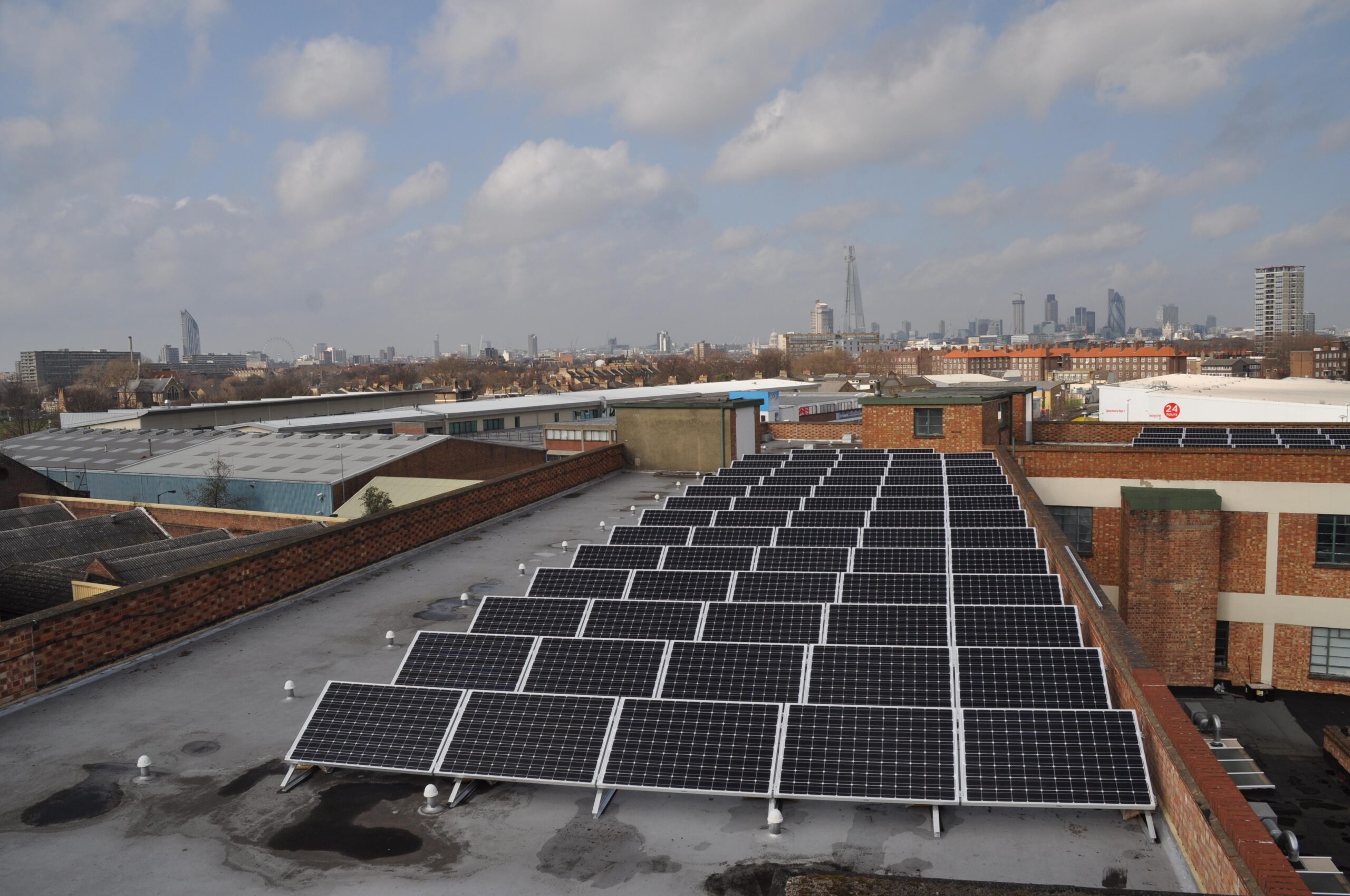The move towards the decarbonisation of the UK’s power system is gathering momentum and the drive towards the use of the world’s natural heat is increasing as the government looks to the greater use of ground source heat pump systems.
Currently, social housing organisations across the UK are in the process of applying for a share of a £160 million grant scheme under the Social Housing Decarbonisation Fund (SHDF).
The money is to be spent on the installation of highly efficient low carbon ground source heat pumps to tackle climate change and protect tenants from fuel poverty.
The UK government has committed to reducing emissions to net-zero by 2050, and over the next decade the SHDF fund will potentially provide up to £3.8 billion in subsequent funding waves to encourage local authorities in England to retrofit measures such as low-carbon heating and insulation to increase energy efficiency and decarbonise their housing stock.
But it is not only the social housing sector where the government believes that ground source heating can play a major part in the road to net zero.
The government’s 10-point-plan to put the UK back on track to meet its net-zero carbon target by 2050, includes the aim to undertake 600,000 heat pump installations every year by 2028, and the Committee for Climate Change (CCC) has suggested this figure should be increased to 900,000.
Ground source heating is seen as an extremely environmentally friendly system which releases no emissions during use.
The level of heat—absorbed from sunlight—the earth retains will surprise many. Even two meters beneath the surface heat can be extracted to the point whereby the heat pump system can adequately warm offices, factories, and homes.
The pipes are buried underground both horizontally and vertically to maximise the surface exposure to the earth and with it the heat source. The pipes are extensive and can be over 100 metres in length depending on the needs of the building.
The pipes are filled with fluid, which is more than often a combination of water with a set level of anti-freeze, and are then connected to a compressor and a pump unit.
The water is pushed through the pipes where it absorbs the latent heat in the earth. It is additionally heated by the heat pump to the required temperature and then pumped into the building’s heating system. When the fluid cools it is simply pumped back into the earth for the process to begin again.
The whole system is powered by electricity, and it is where Powercor’s expertise is becoming increasingly in demand.
Before any pipework is laid, there needs to be a thorough assessment of the premise’s current electrical infrastructure.
A ground source system needs a specific level of power and can require new cabling and access to a higher level of power than a building’s current system can deliver.
The assessment needs to be carried out by an electrical team that understands the system, its requirements and can therefore compare those requirements with the existing electrical infrastructure.
Using freely available heat energy from the ground, a ground source heat pump can deliver three to four kilowatts (kW) of heat for every 1kW of electricity it consumes, making it highly efficient. While modern condensing boilers can be up to 90% efficient, a ground source heat pump can achieve efficiencies of 400%, without the carbon emissions or air pollution created by burning fossil fuels.
The benefits are considerable, but the infrastructure has to be in place for the system to be able to prove its worth.
Powercor is an award-winning company, delivering sustainable and efficient energy solutions for private and public clients. We have worked extensively with schools and businesses to upgrade their lighting and power systems and install the very latest electrical solutions. With over 10 years’ experience in the energy efficiency sector, we empower customers to maximise their benefit from lighting and energy solutions whilst reducing energy consumption and saving money. With a dedicated team of technicians and engineers, we manage all of your energy needs – from lighting and sustainable energy to infrastructure and safety.







